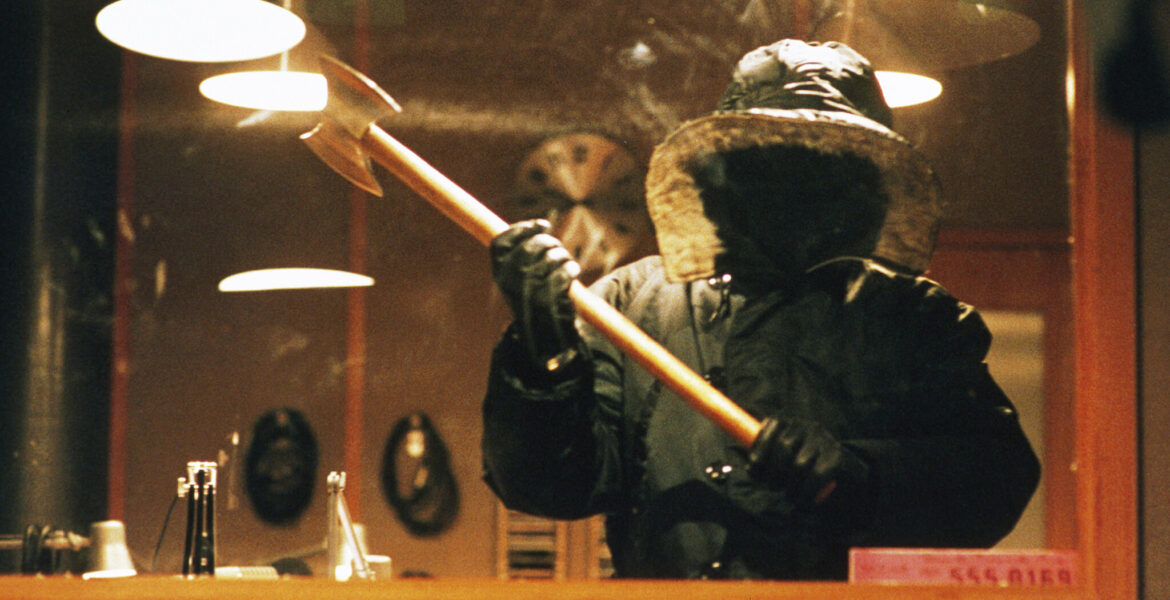Urban legends are the stories passed down through generations, often shrouded in mystery and whispered with fear. While many may dismiss them as mere folklore, these legends have a powerful impact, especially when they are brought to life in horror films. Whether they come from real-life superstitions, chilling local myths, or cautionary tales, urban legends have the ability to resonate deeply, tapping into our collective fears. Here’s a look at some unforgettable horror films inspired by urban legends — each one bringing a unique myth to the screen in ways that will leave you questioning what’s real and what’s not.
Laddaland (2011)
Inspired by real-life rumors surrounding a haunted housing development in Thailand, Laddaland explores the unsettling events that unfold when a family moves into a new suburban neighborhood. The film taps into the urban legend of a community built on a cursed site, where eerie events and supernatural occurrences disrupt the peaceful facade of suburban life.
What makes Laddaland especially chilling is its commentary on the pressures of modern life, including financial struggles and generational trauma, blending psychological horror with the tension of supernatural dread. The haunted estate legend plays out as a backdrop to a disturbing unraveling of family bonds, making it a deeply atmospheric and thought-provoking film.
Tumbbad (2018)

Set in 1918 colonial India, Tumbbad is a visually stunning horror film rooted in Marathi folklore, particularly the legend of Hastar — a cursed god banished for his greed. The story follows a man’s relentless pursuit of a hidden treasure, guarded by a terrifying curse that has plagued the land for generations.
What sets Tumbbad apart is its unique blend of mythological horror and philosophical exploration of greed and obsession. The atmospheric cinematography and haunting tale of a family’s dark legacy keep viewers captivated, while the film’s exploration of the horrific consequences of desire adds depth to its supernatural roots.
Ju-On: The Grudge (2002)

A defining film of J-horror, Ju-On: The Grudge draws upon the Japanese urban legend of onryō, vengeful spirits who return to exact revenge on the living. The film tells the story of a haunted house cursed by a violent act, where anyone who enters becomes ensnared by the relentless cycle of terror and death.
With its non-linear storytelling and disturbing imagery, Ju-On introduced audiences to the terrifying presence of Kayako and her eerie, ghostly wail. The film’s success lies in its ability to blend cultural horror elements with universal fears — taking a local myth and making it accessible to a global audience. The film’s lasting influence on both Japanese and Western horror can’t be overstated.
Candyman (1992)

Based on Clive Barker’s short story, Candyman draws inspiration from the urban legends surrounding a hook-handed spirit said to haunt Chicago’s Cabrini-Green housing projects. The legend of Candyman, a tragic figure who comes to life when his name is said five times in a mirror, blends horror with social commentary on race, class, and generational trauma.
Candyman stands out for its sharp critique of society, using the legend as a metaphor for the marginalization and violence faced by African Americans in urban communities. The film explores how legends evolve in response to historical injustice, making Candyman both a terrifying figure and a symbol of deeper societal issues. It’s a chilling mix of folklore and social horror, still relevant and impactful decades after its release.
The Tag-Along (2015)

The Tag-Along is based on one of Taiwan’s most unsettling urban legends — the “Little Girl in Red.” The story originated from a real 1998 incident where a hiker disappeared after being seen in a video with a mysterious girl dressed in red. In the film, a man searches for his missing grandmother and begins to experience eerie visions, uncovering a terrifying link to the ghostly figure.
Blending Taiwanese spiritual beliefs with psychological horror, the film explores themes of guilt, family, and the supernatural. Its haunting visuals and slow-building tension turn a well-known local myth into a chilling tale that feels both personal and universal.
[Contributed By Anushka Gaikwad]












